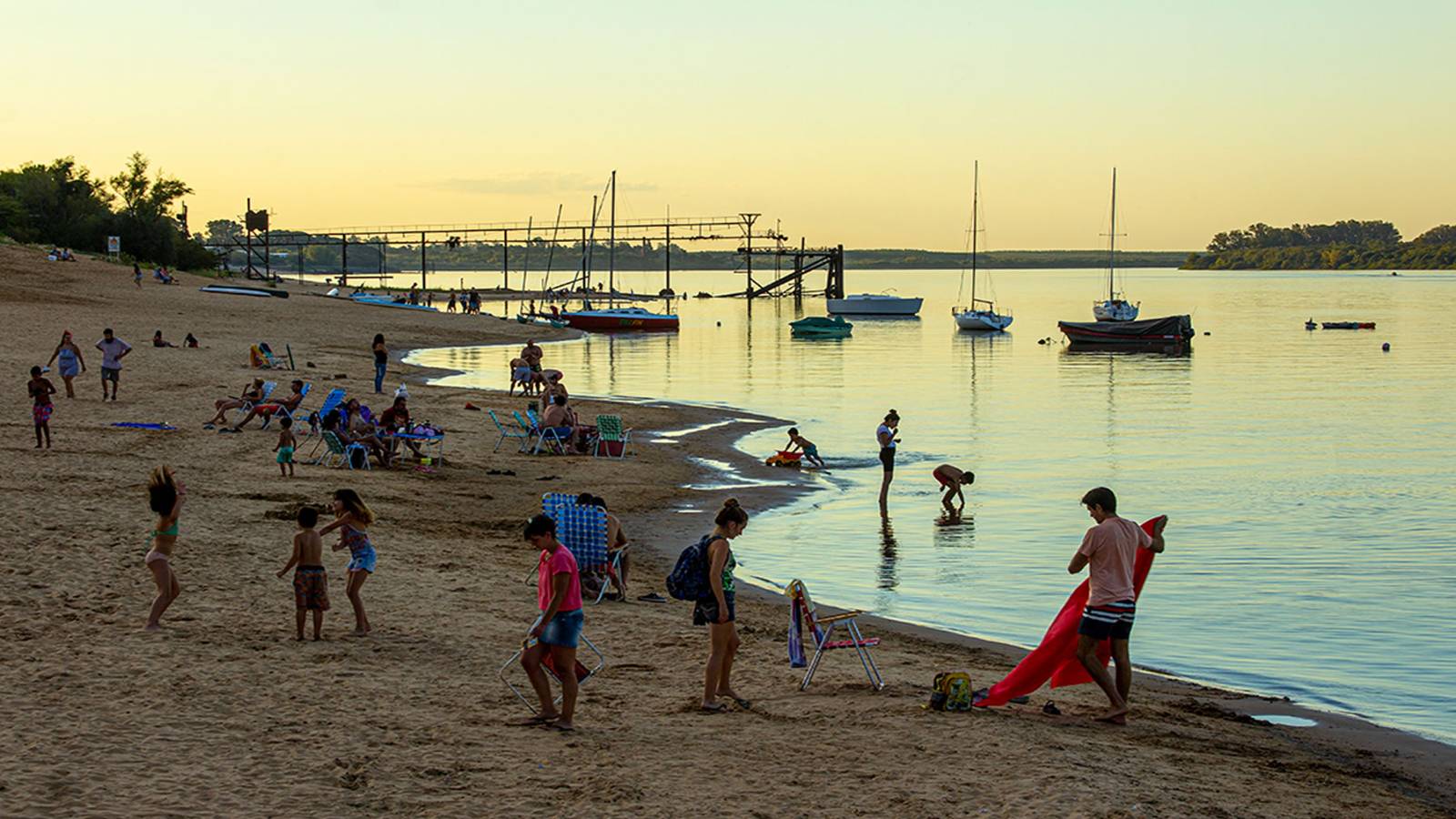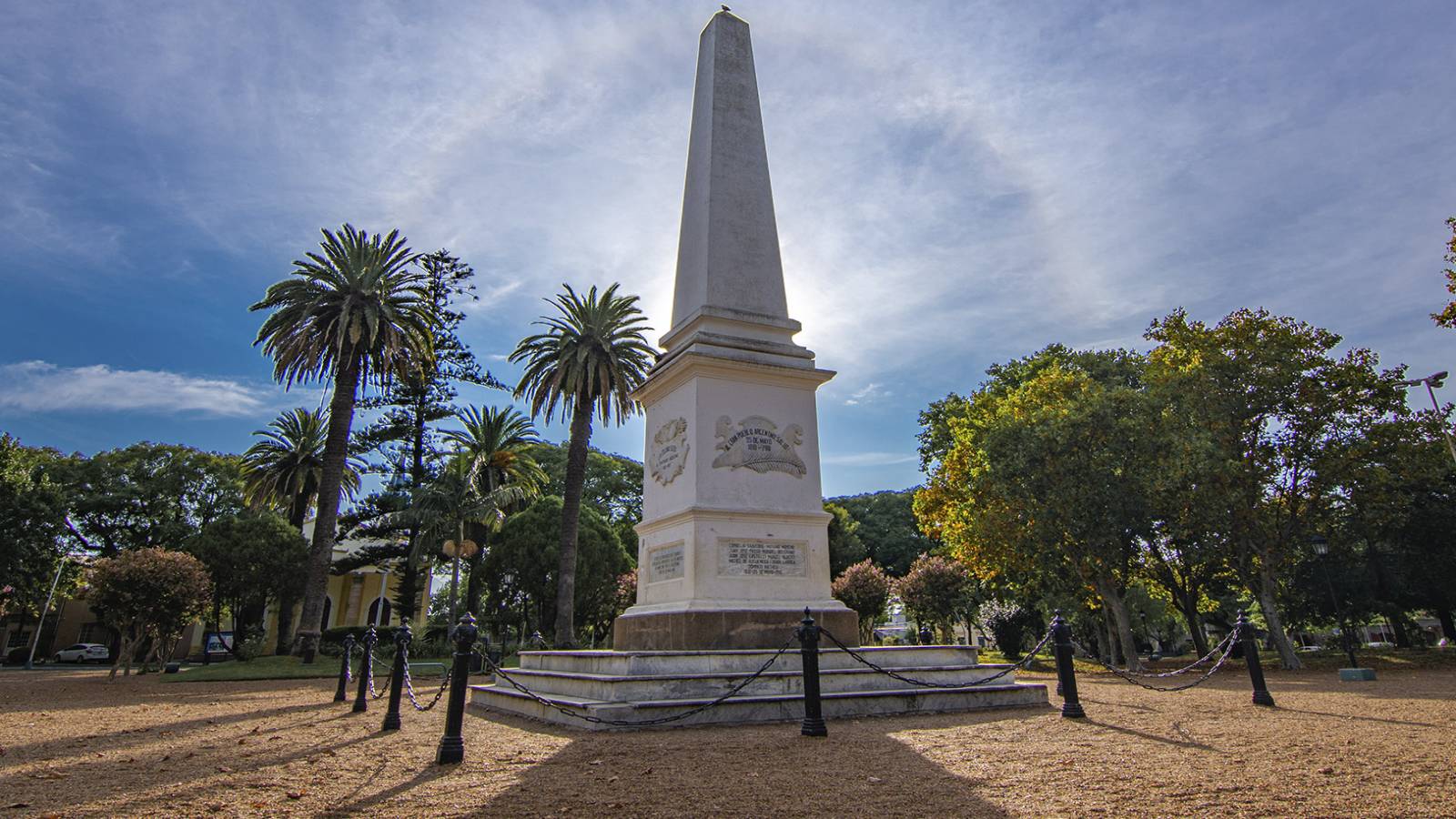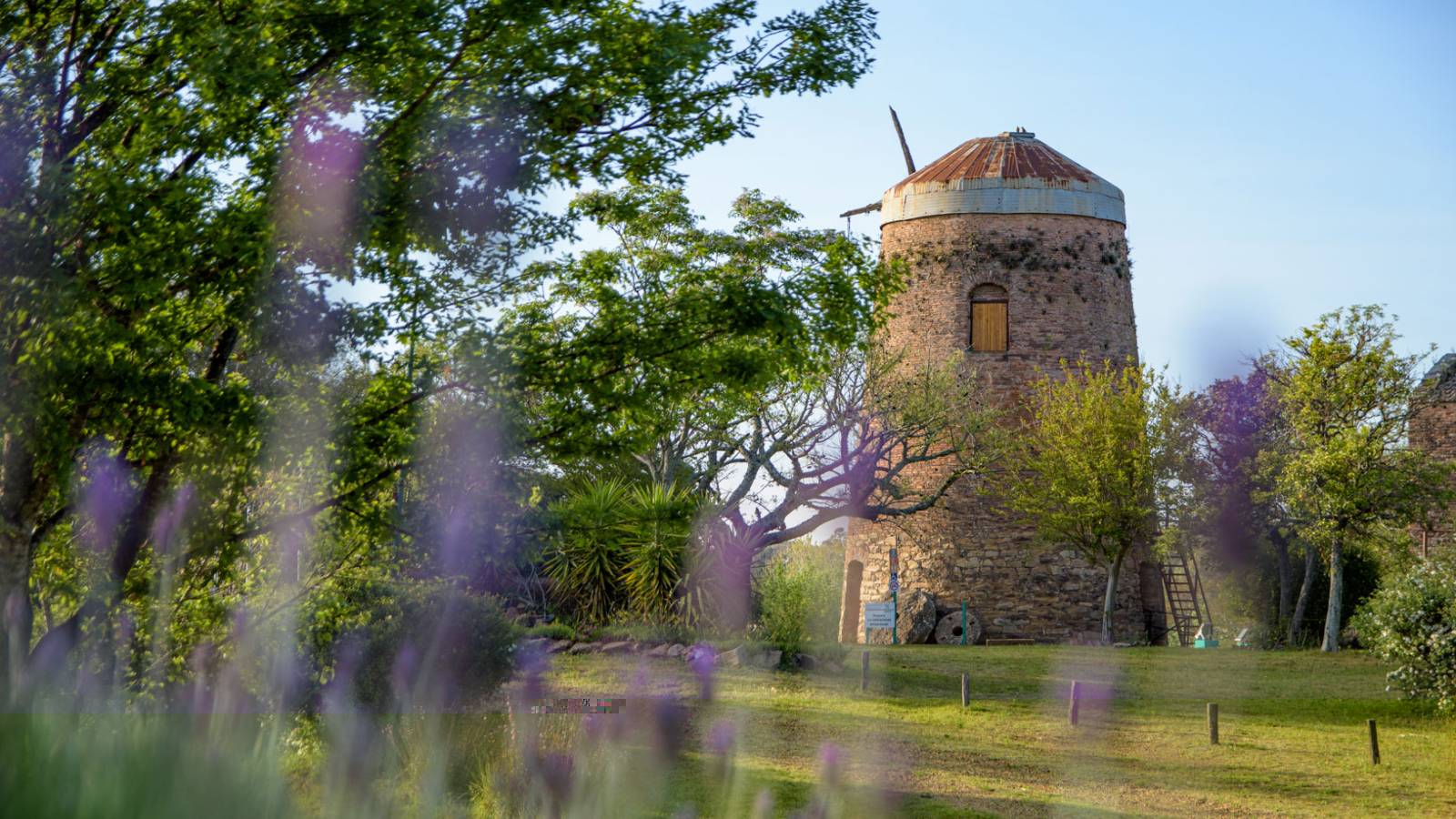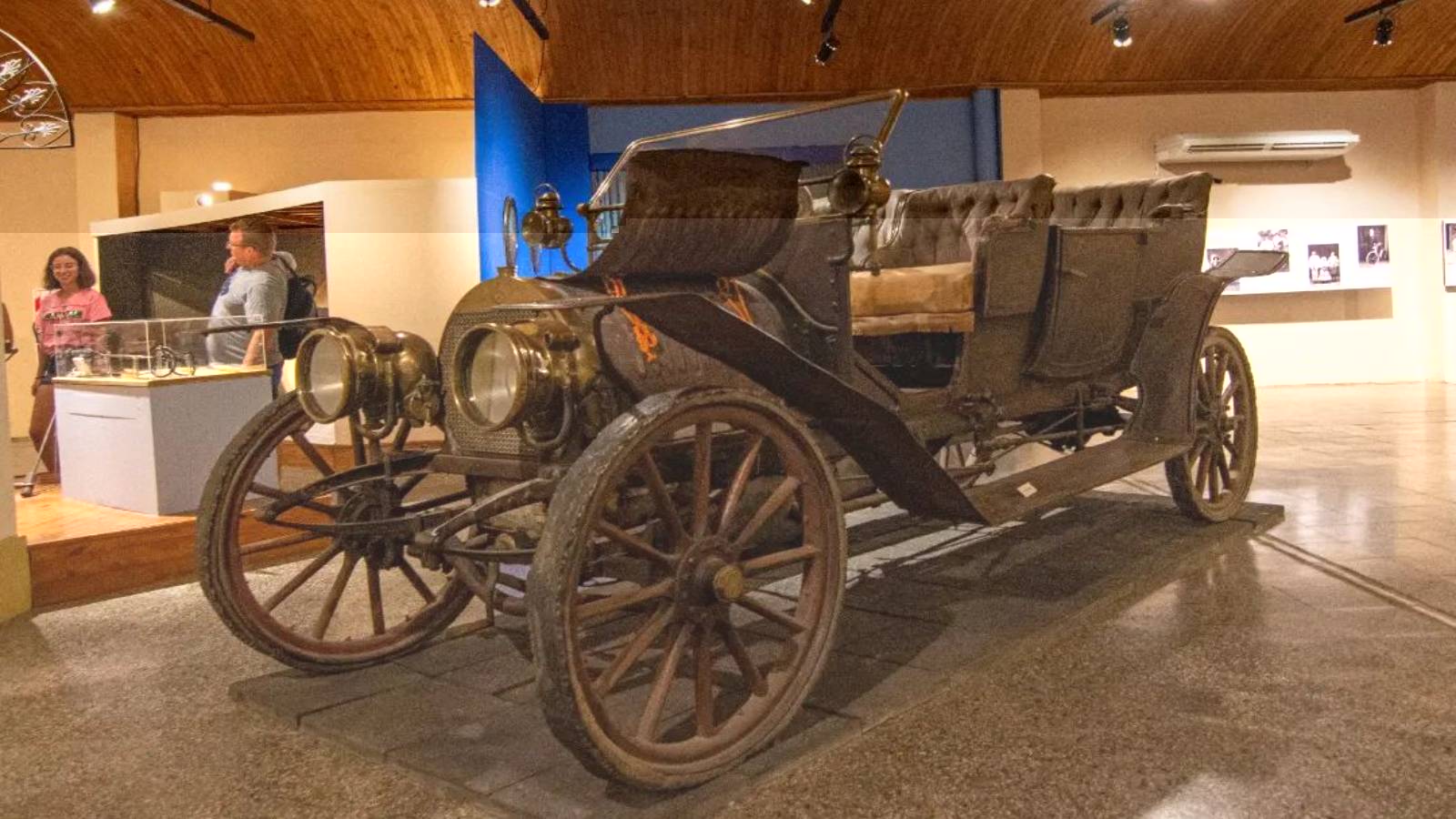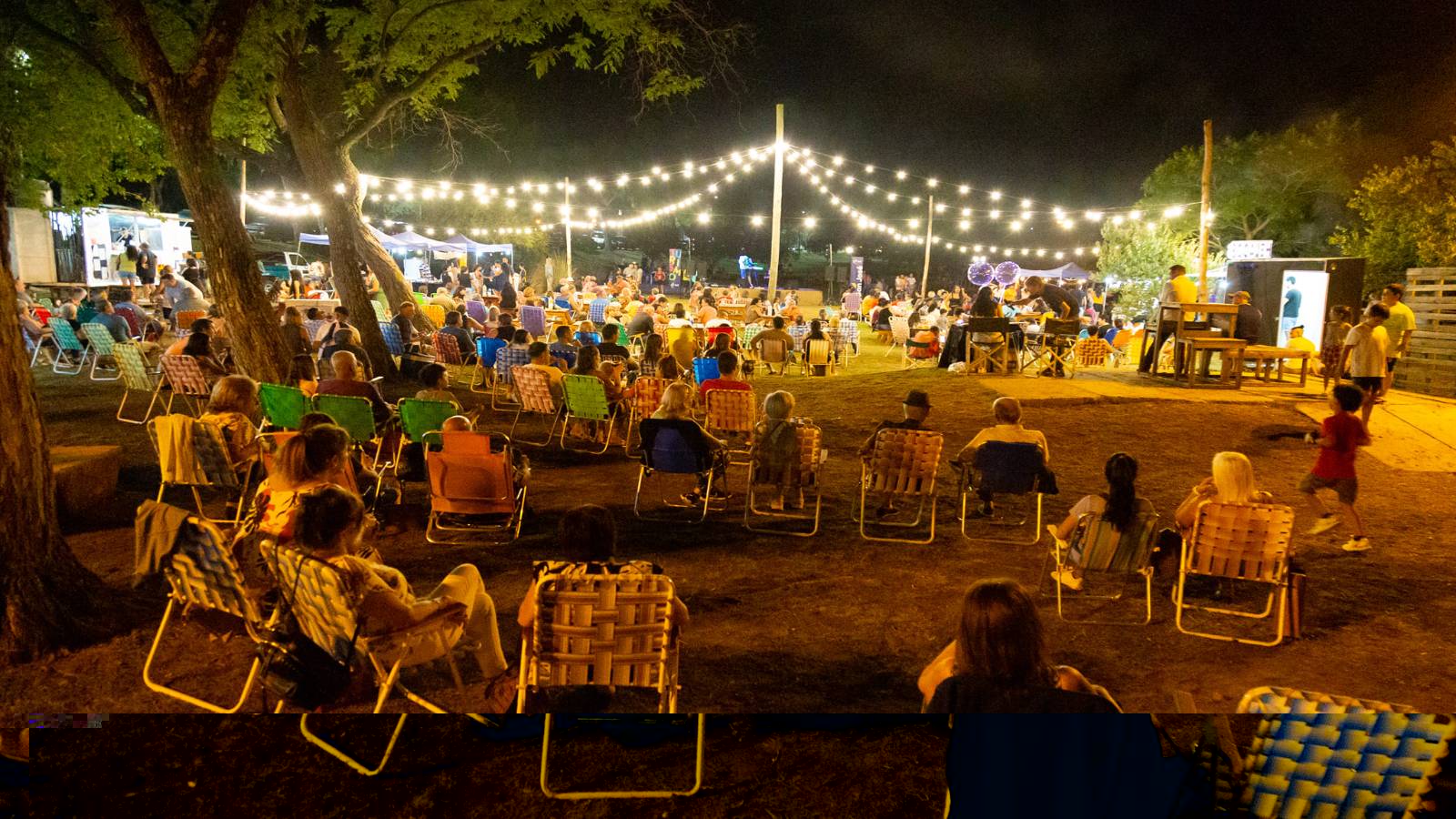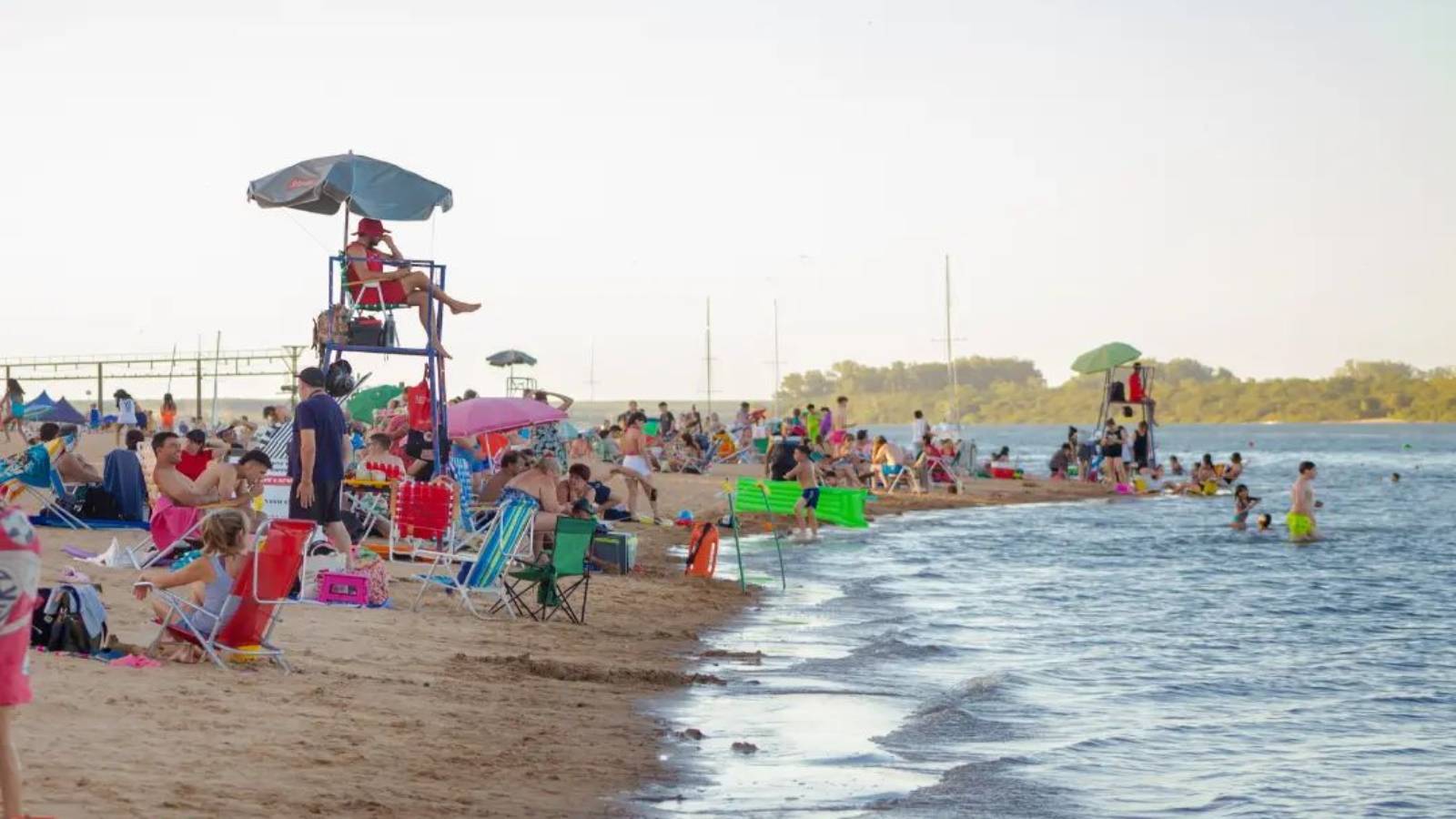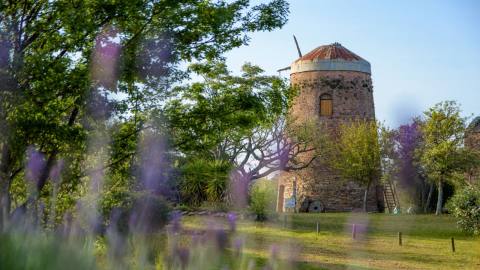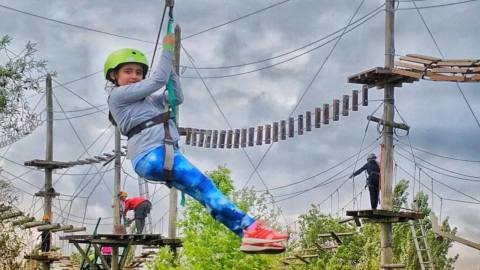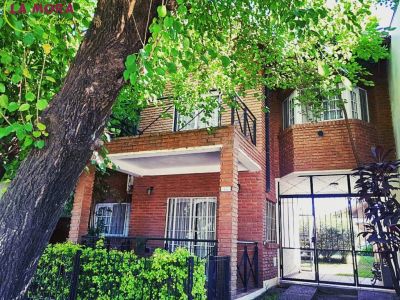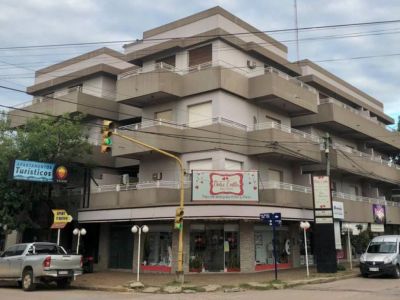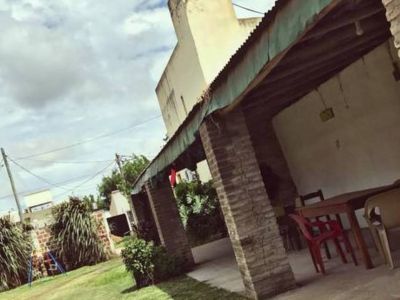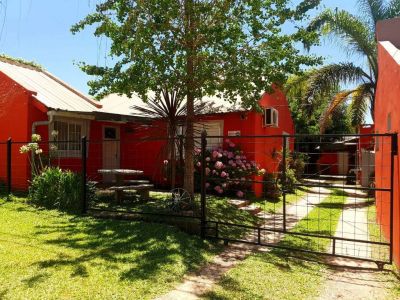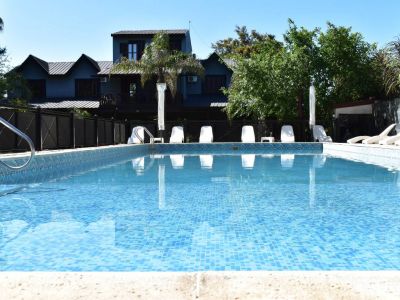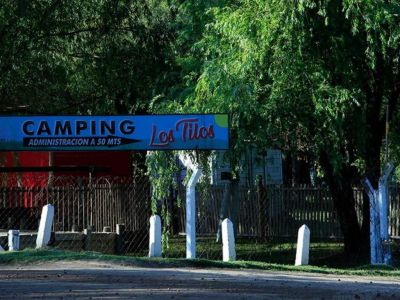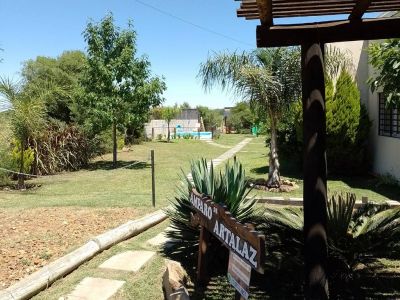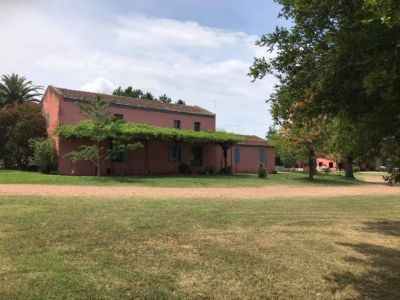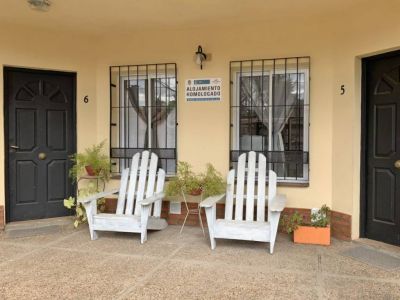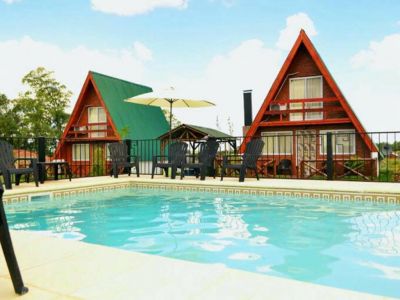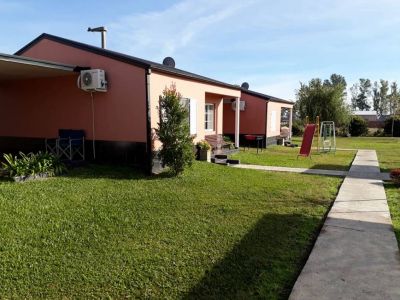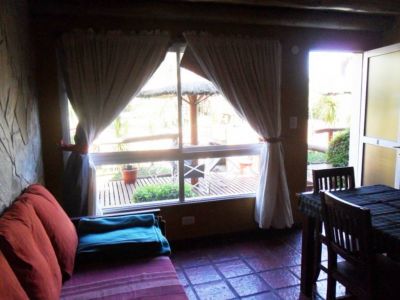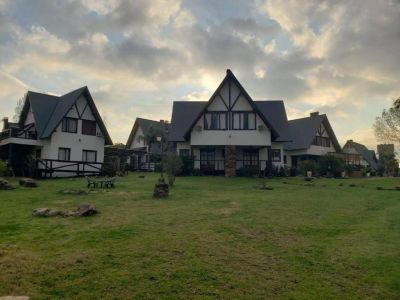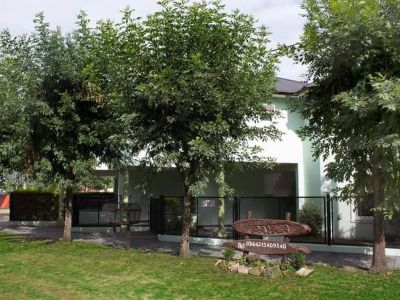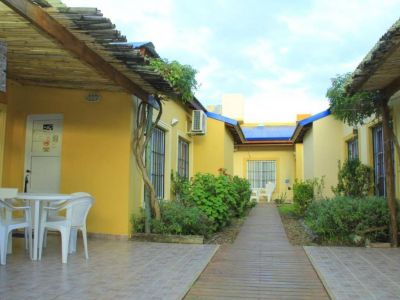The influx of immigrants led to the foundation of Colonia San José, located in the province of Entre Ríos, at the time of the national organization. The initiative was promoted by General Justo José de Urquiza, who assumed the responsibility of organizing and installing a new colony in the region, whose hope of agricultural prosperity was the center of Entre Ríos society.
Testimony of the founding times
San José was founded with the arrival of Walloon families of Swiss origin and Savoyard families of French origin, at the beginning of the period of national organization. These families shared a common history and folklore and were immersed in a similar nature and organization. Initially, according to the promises of the migration agents, these families were going to settle in Corrientes. However, the government ignored the contract and the immigrants turned to General Urquiza, who resolved to locate them in his fields, near his residence, the Palacio San José, and to assume the enterprise as his own. July 2, 1857 is taken as the date of foundation.The influx of immigrants led to the foundation of Colonia San José, located in the province of Entre Ríos, at the time of the national organization. The initiative was promoted by General Justo José de Urquiza, who assumed the responsibility of organizing and installing a new colony in the region, whose hope of agricultural prosperity was the center of Entre Ríos society. Testimony of the founding times San José was founded with the arrival of Walloon families of Swiss origin and Savoyard families of French origin, at the beginning of the period of national organization. These families shared a common history and folklore and were immersed in a similar nature and organization. Initially, according to the promises of the migration agents, these families were going to settle in Corrientes. However, the government ignored the contract and the immigrants turned to General Urquiza, who resolved to locate them in his fields, near his residence, the Palacio San José, and to assume the enterprise as his own. July 2, 1857 is taken as the date of foundation.
The incipient Colonia San José was laid out by surveyor Carlos Sourigues and administered by Alejo Peyret. Each family received a plot of land and resources, such as animals, seeds and wood, which they could repay in five years to own their land. The first families settled on land suitable for agricultural activity and each cultural group excelled in the activities in which they had the most experience. The Valesanos were involved in cattle raising and dairy farming and the Saboyanos dedicated their efforts to agricultural work. The following contingents were joined by the Piedmontese.
Urquiza was generous and protected the settlers. History books highlight the immigration in San José as a model of coexistence and recognize its contribution in several aspects, such as the introduction of rules of coexistence, social organization and secret suffrage for the first time in the country.
The arrival of more immigrant groups strengthened the original colony and gave rise to new agricultural colonies in the area. Colonia San José became a reference for the others that were established in later years, adopting its organizational model.
San José is the cradle of immigration, and tells visitors about it through the Regional Historical Museum, which houses a collection of farming tools, carriages, furniture, weapons, utensils, clothing, musical instruments and other pieces of historical and cultural value of the first settlers, testimony of the founding times. Every year, in July, the anniversary is celebrated with the National Colonization Festival that dazzles its visitors and recalls those colonial times.
The Museo Provincial Molino Forclaz is another point of interest to learn about the history of the first settlers, whose historical heritage is a windmill built in 1890, the best image of the effort and work that meant the breath of hope for immigrants escaping from European wars and tragedies. In addition, the natural beauty of the surroundings and the tranquility of its people make Colonia San José an ideal place to rest and enjoy nature at any time of the year.
The incipient Colonia San José was laid out by surveyor Carlos Sourigues and administered by Alejo Peyret. Each family received a plot of land and resources, such as animals, seeds and wood, which they could repay in five years to own their land. The first families settled on land suitable for agricultural activity and each cultural group excelled in the activities in which they had the most experience. The Valesanos were involved in cattle raising and dairy farming and the Saboyanos dedicated their efforts to agricultural work. The following contingents were joined by the Piedmontese. Urquiza was generous and protected the settlers. History books highlight the immigration in San José as a model of coexistence and recognize its contribution in several aspects, such as the introduction of rules of coexistence, social organization and secret suffrage for the first time in the country. The arrival of more immigrant groups strengthened the original colony and gave rise to new agricultural colonies in the area. Colonia San José became a reference for the others that were established in later years, adopting its organizational model. San José is the cradle of immigration, and tells visitors about it through the Regional Historical Museum, which houses a collection of farming tools, carriages, furniture, weapons, utensils, clothing, musical instruments and other pieces of historical and cultural value of the first settlers, testimony of the founding times. Every year, in July, the anniversary is celebrated with the National Colonization Festival that dazzles its visitors and recalls those colonial times. The Museo Provincial Molino Forclaz is another point of interest to learn about the history of the first settlers, whose historical heritage is a windmill built in 1890, the best image of the effort and work that meant the breath of hope for immigrants escaping from European wars and tragedies. In addition, the natural beauty of the surroundings and the tranquility of its people make Colonia San José an ideal place to rest and enjoy nature at any time of the year.
